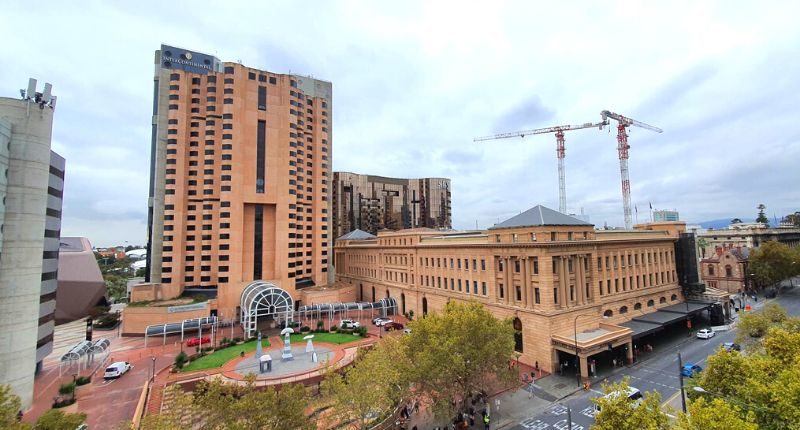
- Available Brisbane industrial stock is down to some 733 hectares
- E-commerce continues to drive industrial demand
- Adelaide office rents continue to rise despite an oversupply in the market
Rents across Brisbane and Adelaide continue to rise. The industrial market in Brisbane continues to see stock dwindle, with the low supply one driver of rising rents. Adelaide’s office market expects rents to rise despite an oversupply.
Brisbane industrial rents and land values rise
The industrial market in the Sunshine State’s capital has seen stock drop from 985 hectares to 733 hectares, led by Brisbane’s North, Outer South and Trade Coast precincts.
E-commerce continues to be the major driver of industrial uptake, with the sector expected to need some 83,000 square metres of space every year.
CBRE Research Analyst, Sophie Plumridge noted, “Land absorption has accelerated over the past two years with an average absorption of 135ha per annum over 2021 – 2022, while leasing activity reached a record high of over 790,000 sqm in 2021. Rising e-commerce sales will continue to fuel demand as Brisbane snares a higher share of national occupier requirements.”
Land absorption and availability

The report shows the share of floorspace take-up from retail trade occupiers in Brisbane represents a quarter of the national total but forecasts that as more space is demanded from e-commerce growth, occupier requirements will skew further toward Brisbane.
“The Queensland e-commerce penetration rate currently stands at circa 12% and is expected to reach 16% by 2026, meaning around 83,000 sqm of space per annum will be required. Historically an average of 300,000sqm of space has been delivered to the Brisbane market each year since 2011. Therefore, to cater for this growth, new supply will need to elevate by approximately 30%,” Ms Plumridge said.
CBRE’s Queensland Director of Industrial & Logistics Peter Turnbull added, “Strong occupier activity in Brisbane has been mainly due to population growth, port activity, labour productivity improvements, significant investment in the road infrastructure network, as well as the rent cost differential compared to the Sydney market. With the Brisbane industrial vacancy rate at an all-time low of 1.4%, new supply additions are being absorbed quickly, with 63% of 2022 supply additions already taken up and a pre-commitment rate of 36% for 2023 stock.”
Adelaide rents rise despite oversupply in market
Offices in the South Australian capital recorded a 0.7% increase in vacancy rates to 16.1% in Q3 2022, with JLL’s research expecting the figure to continue rising incrementally.
| Headline vacancy rate | 16.1% | Increased 0.7% |
| Prime grade vacancy rate | 15.5% | Increased 2.5 pps |
| Secondary grade vacancy | 16.6% | Decreased 0.5 pps |
Source: JLL Research.
Secondary grade vacancies dropped by half a percentage point to 16.6%, with the drop the fourth consecutive quarter of vacancy declines, and the prime grade increase represents a 3.1 pps increase over the past 12 months.
“This vacancy rate is expected to increase as 109,000 sqm of new premium office space comes into the market in 2023,” said JLL Director, Strategic Research SA, Rick Warner.
He said demand for prime grade office space continued to drive rental growth in 3Q22. Average prime net face rents increased by 1.1% to $428 per sqm p.a. lifting annual growth to 3.4%.
“We’re seeing occupiers continue to opportunistically upgrade accommodation, supported by above-average incentives on offer in the market. However, incentives offered in more modern office space in the market have stabilised after a period of increases. The higher incentive levels are now only found in the older prime buildings,” said JLL Head of Office Leasing – South Australia, Tom Budarick.
He said the prime market had recorded 6,900 sqm of positive net absorption in the 12 months to Q3, while the secondary market recorded positive 5,500 sqm take up.
“Demand from the government, professional services, banking and healthcare sectors remains positive, and we continue to see ongoing centralisation activity from occupiers relocating into the CBD from the suburbs,” Mr Budarick said.







